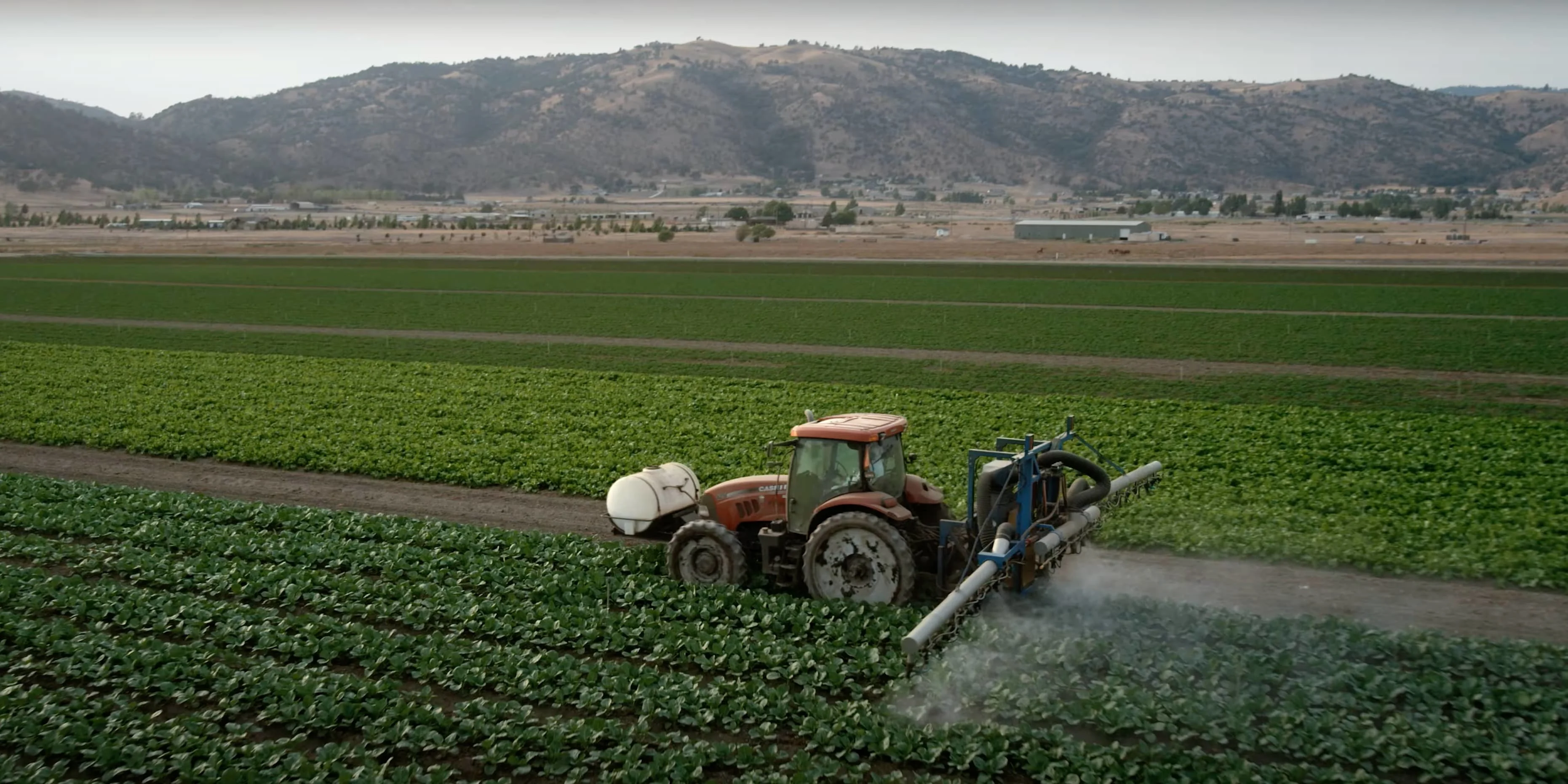Agriculture and Food Security: Obstacles and Solutions
Agriculture and Food Security: Obstacles and Solutions
Blog Article
Enhance Agricultural Performance With High-Quality Water Soluble Polymers
These polymers offer a variety of advantages that can change standard farming methods, from enhancing water retention and performance to optimizing soil framework and nutrient delivery systems. By taking advantage of the power of cutting-edge polymer solutions, farmers can possibly unlock new paths in the direction of accomplishing higher crop returns while mitigating environmental effects.

Benefits of Water-Soluble Polymers
Water-soluble polymers offer a multitude of benefits in farming applications due to their enhanced water retention properties and capacity to enhance soil framework. Agriculture. These polymers, when contributed to the soil, can substantially increase water holding capacity, reducing the regularity of irrigation called for by crops. By forming a gel-like material when blended with water, water-soluble polymers create a storage tank that slowly releases dampness to plant roots, guaranteeing a more constant supply of water throughout completely dry spells
Additionally, these polymers aid in avoiding dirt erosion by binding dirt bits together, consequently enhancing dirt structure and stability. Boosted dirt structure enables much better origin infiltration and oygenation, promoting much healthier plant growth and higher plant yields. Water-soluble polymers likewise help in nutrient retention by lowering leaching, making sure that essential nutrients remain available to plants for a longer duration.
Improved Water Retention and Efficiency
Enhancing farming water retention and performance with the incorporation of advanced polymer modern technologies has ended up being a vital focus in modern farming practices. Water-soluble polymers play a crucial role in improving soil structure, improving water infiltration, and minimizing water evaporation rates. By forming a thin movie on the soil surface area, these polymers aid to stop water runoff and enhance the dirt's water-holding ability, making certain that plants have access to an appropriate water supply.
In addition, making use of high-quality water-soluble polymers can substantially lower the regularity of watering, as they improve the soil's ability to maintain dampness for longer durations. This not only saves water however likewise lowers the power and labor expenses linked with watering techniques. In addition, boosted water retention and performance lead to far better nutrient uptake by plants, leading to improved crop yields and general agricultural productivity.
Enhanced Nutrient Delivery Systems
Given the substantial influence of premium water-soluble polymers on enhancing water retention and performance in agriculture, the focus currently moves in the direction of optimizing nutrient delivery systems to further boost plant growth and yield. Enhanced nutrient distribution systems play an essential role in ensuring that plants obtain the essential nutrients in a kind that is easily available for uptake, advertising their overall wellness and performance. By including water-soluble polymers into nutrient distribution systems, the effectiveness of nutrient uptake by plants can be considerably boosted.
One trick advantage of using high-quality water-soluble polymers in nutrient distribution systems is their capacity to control the release of nutrients, making certain a controlled and steady supply to plants over an extensive period (Agriculture). This regulated launch mechanism next page aids avoid nutrient leaching and drainage, thus making best use of nutrition usage by plants and reducing ecological influence

Soil Structure Optimization Methods
Enhancing soil framework is vital in modern farming for maximizing crop yields and advertising sustainable land monitoring methods. Soil structure optimization techniques play an essential duty in ensuring that dirt offers an excellent atmosphere for plant development. One crucial technique is the enhancement of organic issue, such as compost or manure, which assists boost dirt structure by enhancing its water-holding capability and nutrient retention.
Additionally, practicing minimal husbandry or no-till farming can prevent soil compaction and promote the advancement of a healthy and balanced dirt structure. Cover chopping is an additional effective technique that includes growing plants specifically to safeguard and enhance the dirt, protecting against disintegration and enhancing soil structure.
In addition, implementing plant turning strategies can assist break pest and illness cycles, while likewise boosting soil structure through the differing root structures of different crops. Generally, using these dirt framework optimization strategies can cause raised farming performance, lowered ecological influence, and long-lasting sustainability in farming techniques.
Lasting Solutions for Plant Returns

To resolve the challenges of maximizing crop yields while advertising content lasting land monitoring techniques, exploring sustainable solutions becomes necessary in modern-day farming. One lasting remedy for boosting plant returns is the usage of accuracy farming strategies.
In addition, advertising plant turning and cover chopping can assist preserve dirt health and wellness, minimize erosion, and improve nutrition cycling, eventually adding to greater yields over time. Integrated bug monitoring strategies also play a vital duty in lasting crop production by reducing the reliance on chemical pesticides and promoting all-natural parasite control approaches.
Furthermore, purchasing study and technology for creating drought-resistant crop varieties and climate-resilient farming techniques can assist reduce the effect of climate adjustment on agriculture while guaranteeing consistent returns when faced with environmental challenges. By taking on these sustainable solutions, farmers can attain higher crop yields while guarding the health and wellness of the land for future generations.
Conclusion
To conclude, the usage of top notch water-soluble polymers in farming provides countless benefits such as better water retention, improved nutrient delivery systems, and maximized soil structure. By applying sustainable remedies for crop returns, farmers can substantially boost agricultural efficiency and efficiency. Agriculture. Water-soluble polymers supply a environmentally pleasant and cost-effective technique to enhance the general efficiency of farming methods, bring about much better end results for both farmers and the environment
These polymers provide an array of advantages that can change traditional farming approaches, from improving water retention and effectiveness to maximizing dirt structure and nutrient distribution systems.In addition, these polymers help in stopping dirt erosion by binding soil fragments together, thus improving dirt framework and stability. By developing a slim movie on the soil surface, these polymers assist to stop water drainage and enhance the dirt's water-holding ability, guaranteeing that plants have access to an appropriate water supply.
Dirt framework optimization strategies play a crucial look what i found role in guaranteeing that soil supplies a perfect atmosphere for plant growth.In final thought, the usage of top quality water-soluble polymers in agriculture provides various benefits such as better water retention, enhanced nutrient shipment systems, and enhanced dirt framework.
Report this page